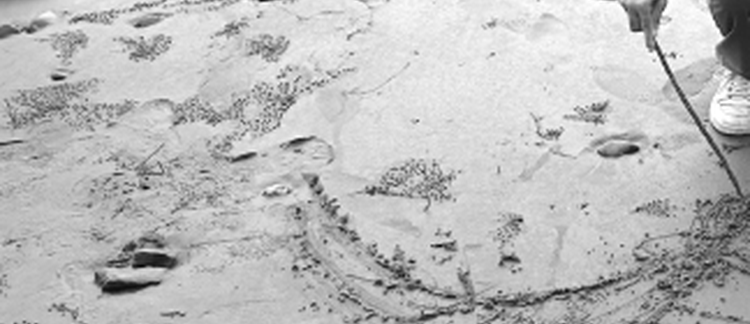Abstract
In the 1960s and '70s, Architectural Design was the most influential architectural magazine in the UK, if not the world. Under the direction of Technical Editor Robin Middleton, AD published extensive articles on ecological issues such as Martin Pawley's ‘Garbage Housing’ and ongoing columns like 'Recycling' and 'Eco-tech'. A year before the oil crisis shocked the world, the July 1972 issue was even themed 'Designing for survival'. This can be seen as the ethical face of AD. Middleton steered the magazine away from architecture-as-building towards architecture-as-concept and the Brutalists were exchanged for Archigram. In July 1965, Middleton introduced a section called Cosmorama as 'a commentary on buildings or on events throughout the world that impinge upon architecture'. It featured products and processes that were to challenge the accepted nature of architecture and promoted the kind of throw-away culture of consumption that Archigram were advocating. This can be seen as the aesthetic face of AD. By examining the content and context of AD during this period, the following paper discusses the themes of ethics and aesthetics manifested by these two avant-garde movements and argues that for architectural practice, the aesthetic strand of consumerism ultimately became more influential than the ethics of ecology.
How to Cite:
Parnell, S., (2011) “Ethics VS Aesthetics Architectural Design 1965-1972”, field 4(1), 49–66.
Downloads:
Download PDF

